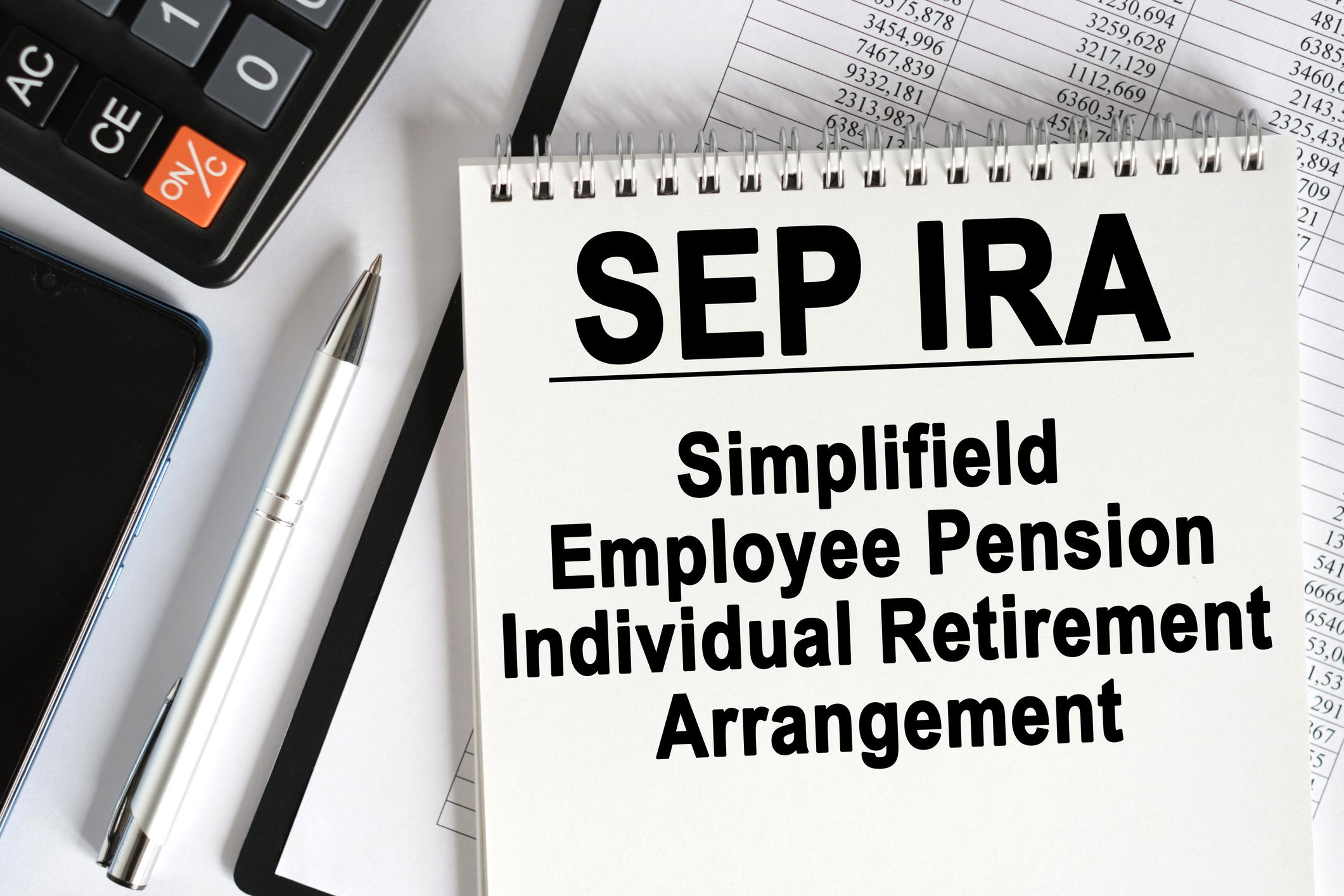Shifting to Dividend Stocks as Retirement Approaches
This teacher's investment strategy has thrived thanks to a dedication to buying shares of solid businesses and not obsessively looking at their stock prices.

Then:
High school economics teacher Brett Burkey (pictured at left) appeared in our July 2006 issue when he asked the Portfolio Doctor (a monthly feature at the time) about his stock market strategy. Burkey, then 45, was doing well by accumulating shares of blue-chip growth stocks and letting them ride. He wanted reassurance that bucking the common wisdom to rely on mutual funds in general and index funds in particular was okay.
Now:
Ten years later, Burkey is still teaching at Spanish River Community High School, in Boca Raton, Fla., and he’s still partial to investing in individual stocks. And, he tells us, he’s prospering. Even though he “got beat up like everyone else,” he wisely stayed in the market through the collapse of 2007 and 2008. “I assumed it to be a temporary thing, and I did some buying all along.”
As he gets closer to leaving the classroom and taking his teacher’s pension—he’s in his 32nd year as an instructor—Burkey has shifted his holdings from growth stocks to stocks that pay generous dividends, such as Realty Income (O), AT&T (T) and Southern Company (SO). One thing that hasn’t changed, however, is his dedication to buying shares of solid businesses and not looking at their stock prices from day to day. He’s satisfied to receive steadily rising dividends, which he almost always reinvests in additional shares. Burkey and his wife, Diana, a commercial banker, are looking forward to a debt-free, active retirement with a dividend bounty to help support it.
From just $107.88 $24.99 for Kiplinger Personal Finance
Become a smarter, better informed investor. Subscribe from just $107.88 $24.99, plus get up to 4 Special Issues

Sign up for Kiplinger’s Free Newsletters
Profit and prosper with the best of expert advice on investing, taxes, retirement, personal finance and more - straight to your e-mail.
Profit and prosper with the best of expert advice - straight to your e-mail.
In addition to cultivating his own portfolio, Burkey has incorporated his sideline interest in finance into his profession. He has developed a popular course in personal finance for freshmen at his high school. Six sections of 30 teenagers each get a semester’s grounding in financial literacy, starting with the basics of credit and banking and moving on to how to buy a car and pay for college. And yes, he issues each student $50,000 of virtual money so the students can simulate stock portfolios.
Burkey is also working to persuade other educators in Florida to make personal finance a high school requirement. He has testified in front of the state legislature in Tallahassee and gives workshops at Florida Atlantic University for public school teachers who would like to introduce personal finance content into their classes—a gig he plans to continue after he retires. “Managing money and investing wisely are critical survival skills for teachers as well as rising generations of students,” says Burkey, because younger teachers aren’t assured of long careers and a secure pension.
Profit and prosper with the best of Kiplinger's advice on investing, taxes, retirement, personal finance and much more. Delivered daily. Enter your email in the box and click Sign Me Up.

Kosnett is the editor of Kiplinger Investing for Income and writes the "Cash in Hand" column for Kiplinger Personal Finance. He is an income-investing expert who covers bonds, real estate investment trusts, oil and gas income deals, dividend stocks and anything else that pays interest and dividends. He joined Kiplinger in 1981 after six years in newspapers, including the Baltimore Sun. He is a 1976 journalism graduate from the Medill School at Northwestern University and completed an executive program at the Carnegie-Mellon University business school in 1978.
-
 Nasdaq Leads as Tech Stages Late-Week Comeback: Stock Market Today
Nasdaq Leads as Tech Stages Late-Week Comeback: Stock Market TodayOracle stock boosted the tech sector on Friday after the company became co-owner of TikTok's U.S. operations.
-
 Disney’s Risky Acceptance of AI Videos
Disney’s Risky Acceptance of AI VideosThe Kiplinger Letter Disney will let fans run wild with AI-generated videos of its top characters. The move highlights the uneasy partnership between AI companies and Hollywood.
-
 Ask the Editor: Itemized Deductions
Ask the Editor: Itemized DeductionsAsk the Editor In this week's Ask the Editor Q&A, Joy Taylor answers questions on itemized deductions claimed on Schedule A of Form 1040
-
 9 Types of Insurance You Probably Don't Need
9 Types of Insurance You Probably Don't NeedFinancial Planning If you're paying for these types of insurance, you may be wasting your money. Here's what you need to know.
-
 Amazon Resale: Where Amazon Prime Returns Become Your Online Bargains
Amazon Resale: Where Amazon Prime Returns Become Your Online BargainsFeature Amazon Resale products may have some imperfections, but that often leads to wildly discounted prices.
-
 457 Plan Contribution Limits for 2026
457 Plan Contribution Limits for 2026Retirement plans There are higher 457 plan contribution limits in 2026. That's good news for state and local government employees.
-
 Medicare Basics: 12 Things You Need to Know
Medicare Basics: 12 Things You Need to KnowMedicare There's Medicare Part A, Part B, Part D, Medigap plans, Medicare Advantage plans and so on. We sort out the confusion about signing up for Medicare — and much more.
-
 The Seven Worst Assets to Leave Your Kids or Grandkids
The Seven Worst Assets to Leave Your Kids or Grandkidsinheritance Leaving these assets to your loved ones may be more trouble than it’s worth. Here's how to avoid adding to their grief after you're gone.
-
 SEP IRA Contribution Limits for 2026
SEP IRA Contribution Limits for 2026SEP IRA A good option for small business owners, SEP IRAs allow individual annual contributions of as much as $70,000 in 2025, and up to $72,000 in 2026.
-
 Roth IRA Contribution Limits for 2026
Roth IRA Contribution Limits for 2026Roth IRAs Roth IRAs allow you to save for retirement with after-tax dollars while you're working, and then withdraw those contributions and earnings tax-free when you retire. Here's a look at 2026 limits and income-based phaseouts.
-
 SIMPLE IRA Contribution Limits for 2026
SIMPLE IRA Contribution Limits for 2026simple IRA For 2026, the SIMPLE IRA contribution limit rises to $17,000, with a $4,000 catch-up for those 50 and over, totaling $21,000.